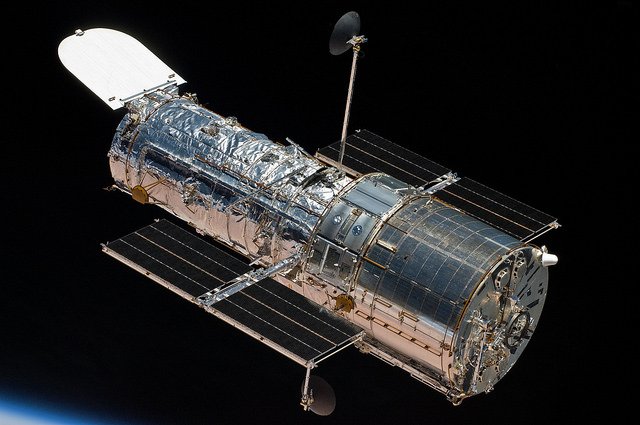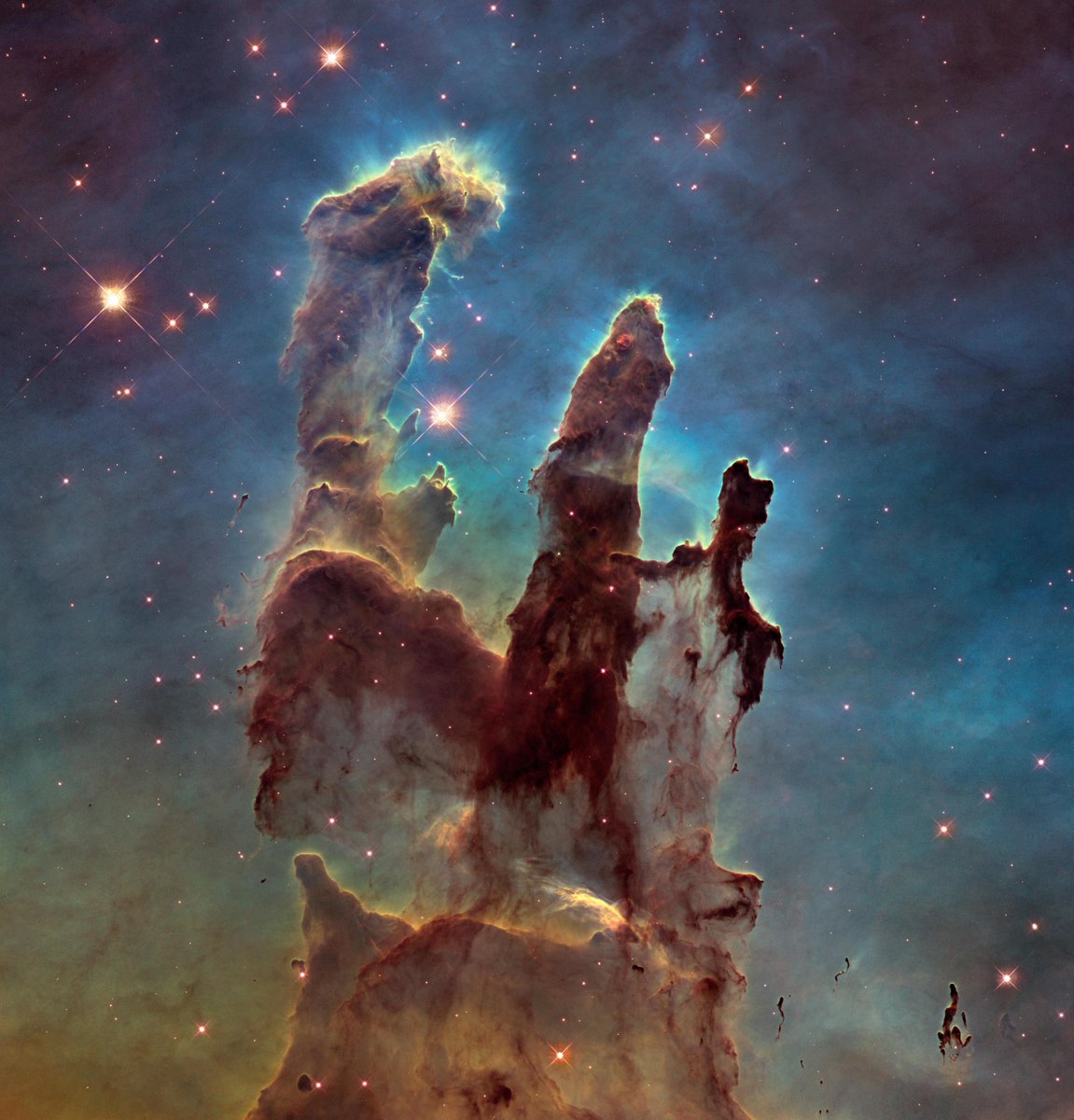On Friday, the Hubble Space Telescope went into safe mode due to a failed gyro – used to keep the telescope precisely pointed for long periods. Mission experts are taking steps to return Hubble to great science. More updates will follow.
The Hubble team is working to resume science after Hubble entered safe mode due to 1 of 3 gyros failing. Analysis and testing on the backup gyro are ongoing to determine why it is not performing as expected. For more info: nasa.gov/feature/goddar…
Built with multiple redundancies, Hubble had six new gyros installed during Servicing Mission-4 in 2009. Hubble usually uses three gyros at a time for maximum efficiency, but can continue to make scientific observations with even just one gyro.
Initial tests were conducted to assess the anomalous gyro. It is properly tracking movement, but the rates are consistently too high, exceeding the limit that it can report small movements. More tests and analysis to come. For a full update: go.nasa.gov/2C9ZVVf
The rotation rates produced by the backup gyro have reduced and are now within a normal range. Additional tests to be performed to ensure Hubble can return to science operations with this gyro. For more info: nasa.gov/feature/goddar…
Hubble is back!!! At 9:00 PM EDT last night the spacecraft was returned to normal science operations, and at 2:10 AM EDT today it completed its first science observations since October 5. For more details: nasa.gov/feature/goddar… 

We want to extend a huge thank you to the Hubble operations team for working around the clock to get this telescope back to normal science operations!
• • •
Missing some Tweet in this thread? You can try to
force a refresh


















